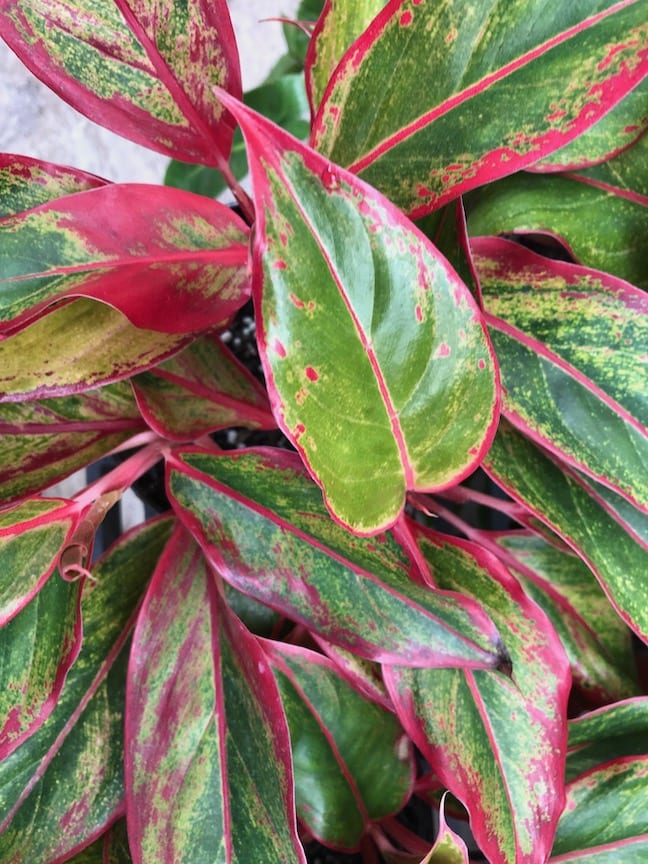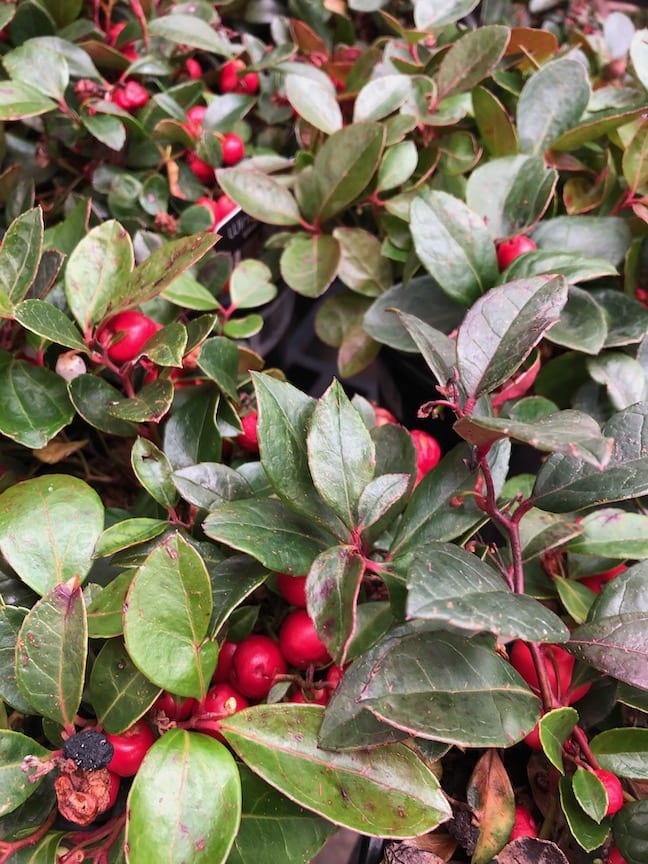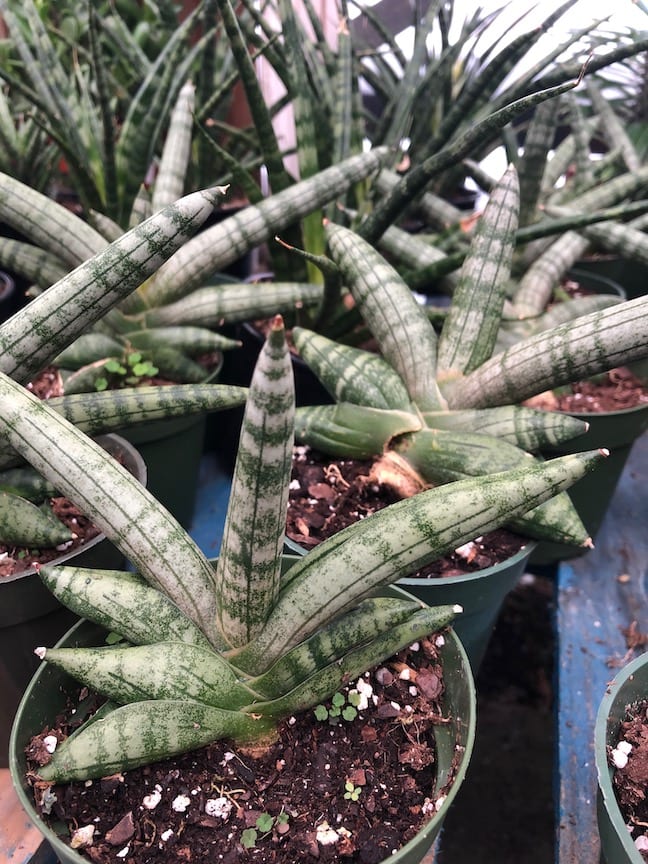Easy And Unique Houseplants Anyone Can Grow

The stunning red leaves of ‘Siam’ Chinese evergreens light up a long table of houseplants at Soergel’s Garden Center in Wexford. Although aglaonemahas been a classic indoor plant for decades, unique varieties like ‘Siam’ and ‘Valentine’ up the ante for their unmatched beauty on the windowsill.
As manager, Randy Potter looks over some of the old favorites. He’s excited to discuss new cultivars, too. Like all things gardening during the pandemic, indoor plants have gained in popularity.
“Houseplants were already on the rise,” he said. “This year it has continued with the general explosion of gardening.”
People stuck inside and trying to spruce up the home office have been adding these plants to the indoor landscape.“Social media has definitely had a huge impact,” he said of the excitement for indoor plants. “People are seeing a lot of houseplants they haven’t seen before.” It’s creating communities of like-minded people to share the hobby.
“The biggest factor is light. It’s about finding the right plant for the right place,” Potter said.
Some houseplants would prefer a brighter location to color up or flower, but in general, they are adaptable to a wide range of conditions.
Another common question from customers concerns watering.“That’s a hard question to answer,” Potter says. “People want to know X amount per week, but a lot of that does have to do with how much light it gets.”
Other conditions in the house, like heat and humidity, will play a role in watering, too.

Many houseplants are killed with kindness, too much water or fertilizer. Potter has a simple way to tell if your plants need a drink.
“Just sticking your finger into the soil. If your finger feels moist, your plants is probably OK. If that soil feels dusty, dry or even hard, then it’s safe to say that plant needs some water.” He adds, that never let a plant sit in water, they don’t like wet feet.
“My general advice is to have fun with it,” he says about growing houseplants. “Don’t put a lot of pressure on yourself. A lot of people panic if they see a yellow leaf or see something turn brown. It’s all part of the learning process. Sometimes plants are going to do that, and that’s a normal thing.”
Most houseplants will not need to be fertilized until the end of the winter as short days don’t allow the plant to use the nutrients.

There are lots of seasonal houseplants in the greenhouse now, too. Wintergreen has deep green leaves with red berries, so it is often sold this time of year for a centerpiece on the holiday table.
“What’s neat about the wintergreen is that it’s a perennial in our area,” he says. “In late winter or early spring, it could be planted outdoors and become established.”Frosty Ferns are not really ferns, but they make a great plant to grow indoors inside all year round. Unlike most of the plants in this greenhouse, this one loves lots of water.
Lemon cypress is another holiday plant with a lemony fragrance that resembles a Christmas tree. It’s another great option for growing in bright light all winter long.
Just down the row, there are a bunch of different calatheas (prayer plant). It’s a common houseplant with a host of new shapes and colors.
“Your parents probably had a dracaena in your house if they had a houseplant, he says looking at the cultivars, but now you’re starting to see a lot more new and different varieties that add a bit more color and uniqueness.”
The old school variety is sometimes called corn plant, as the foliage resembles the leaves of the vegetable, growing three to four feet or taller. The Dragon Tree or ‘Lemon Lime’ is a small windowsill plant, with chartreuse, unfurling leaves from the center of the plant.

Philodendrons are another staple for indoor growing, another plant with ‘Lemon Lime’ as a name explains the color of the foliage. ‘Prince of Orange’ sports reddish-orange new growth.
‘Brasil’ is a trailing plant with dark and light green, heart-shaped variegated leaves. Snake plants, or Mother-in-Law Tongue (it’s sharp), don’t have to be tall and pointy.
‘Starfish’ looks like its namesake, and there are lots of different varieties with multiple shapes and sizes. They are known for their toughness.
“You could put that in a closet for a month or two and probably wouldn’t even know it,” Potter said with a laugh.
Just as outdoor gardening can be therapeutic, growing inside provides the same feeling.
“Having an opportunity to be mindful in the moment, foster that life and growth, it’s very gratifying,” Potter said.
“Research has shown time and again, that it’s good for you in terms of your mental health. Which I think right now, is especially important. With people being stuck inside, separated from that kind of personal connection. It’s nice to have some purpose and activity in your home.”

